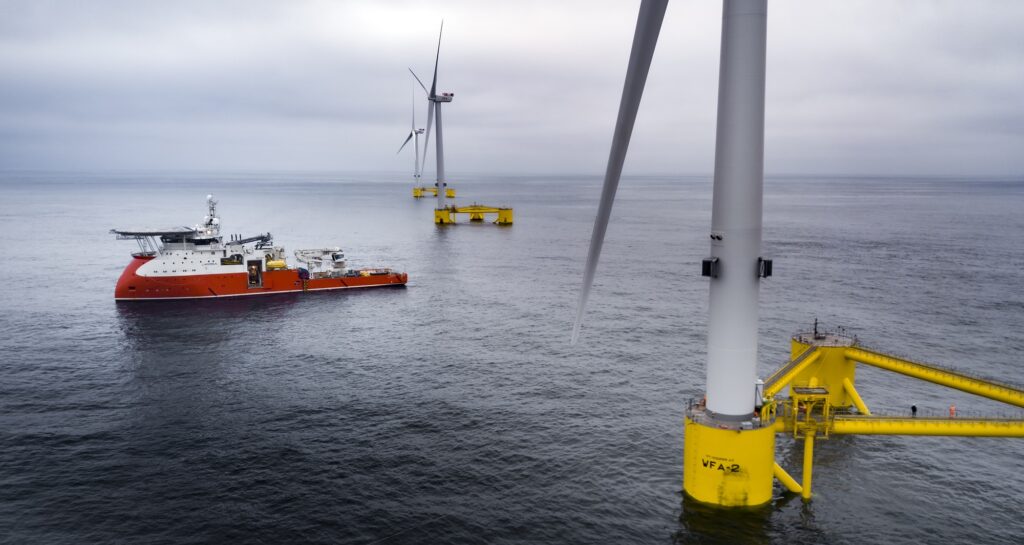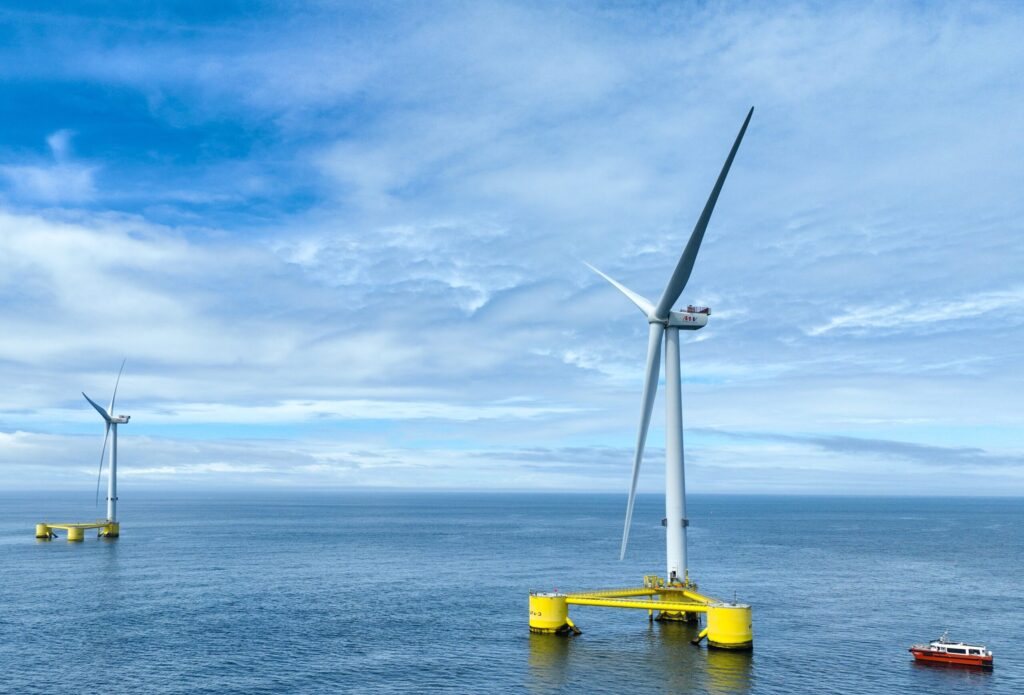It is vital that the floating offshore wind industry develops a sound understanding of the environmental interactions large scale projects will have on the marine environment. Interactions need to be understood, managed and mitigated before the first large scale projects are deployed, to ensure the industry can scale rapidly and support the delivery of a sustainable net zero.
In this context, the Floating Offshore Wind Centre of Excellence (FOW CoE), have launched a “Floating Offshore Wind Environmental Interactions Programme and Roadmap”. The roadmap, delivered in partnership with Xodus, is the outcome of the programme’s first phase and it has identified and assessed FOW-specific environmental interactions. It outlines a portfolio of activities required to ensure these interactions are understood and that well established methods exist for their assessment. Key areas of further work include aviation interaction, colocation and coexistence, cumulative impacts, Electromagnetic Fields (EMF), fisheries access and displacement, Habitats Regulations Assessment (HRA), navigational risk, ornithology, skills gaps and underwater noise.
The second phase of the Programme is being launched at GOW 22 in partnership with BEIS, DEFRA, The Crown Estate and Crown Estate Scotland. This phase coordinates environmental data collection and aggregation across early FOW projects in the UK to ensure a comprehensive understanding of environmental interactions. In tandem, it will support research projects to address knowledge gaps. This phase will also support the development and qualification of innovative technologies and approaches to reduce costs and improve the quality of environmental data acquisition.





